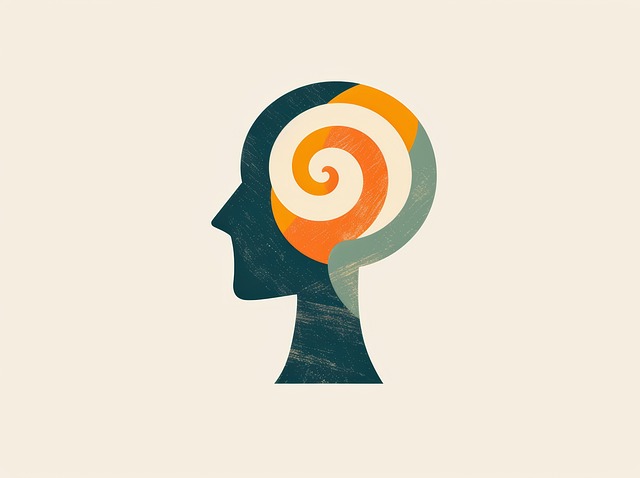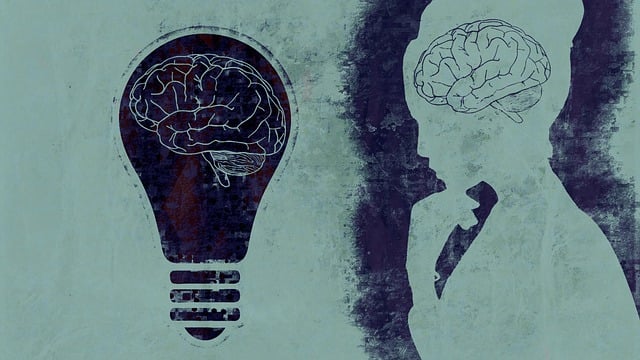Children's Conduct Disorder (CCD) is a complex behavioral issue driven by genetic and environmental factors, impacting relationships and academic performance. Early intervention through tailored therapy, including self-awareness exercises, conflict resolution training, and trauma support, effectively addresses root causes. Journaling, a promising therapeutic approach, offers children with CCD a safe space to express emotions, gain self-awareness, and develop healthy coping strategies. Structured journaling exercises tailored to CCD, incorporating creative activities and cultural sensitivity, enhance mental wellness, track progress, and promote positive outcomes. This practice is valuable for both individuals and healthcare providers involved in Therapy for Children Conduct Disorder.
“Unleash the power of self-expression with mental wellness journaling, a transformative practice for children with Conduct Disorder. This article explores how journaling can serve as a therapeutic outlet, helping young minds process emotions and navigate challenging behaviors. We’ll guide you through creating a safe, nurturing environment, offering engaging activities to spark reflection, and tracking progress. Discover practical steps to support therapy for Children Conduct Disorder and foster healing through the simple act of writing.”
- Understanding Children's Conduct Disorder and its Impact
- Journaling as a Therapeutic Tool for Emotional Expression
- Creating a Safe Space: Setting Up the Perfect Journaling Environment
- Engaging Activities to Spark Reflection and Healing
- Tracking Progress and Celebrating Small Wins
Understanding Children's Conduct Disorder and its Impact

Children’s Conduct Disorder (CCD) is a behavioral and emotional problem characterized by persistent patterns of inappropriate behavior in children and adolescents. It manifests as defiance or violation of rights, rules and norms, impacting relationships at home, school, and within the community. CCD can stem from various factors, including genetic predisposition, environmental influences, trauma, or underlying mental health conditions.
The impact of CCD extends beyond the individual, affecting families, educators, and society at large. It may lead to difficulties in social interactions, academic performance, and future relationships. However, with early recognition and appropriate therapy for Children Conduct Disorder, positive outcomes are achievable. Self-awareness exercises, conflict resolution techniques, and trauma support services have proven effective in addressing the root causes of CCD and fostering healthier behaviors.
Journaling as a Therapeutic Tool for Emotional Expression

Journaling has emerged as a powerful therapeutic tool for emotional expression and mental wellness. For children with Conduct Disorder, a condition characterized by repeated and persistent patterns of inappropriate behavior, journaling can offer a safe outlet to process and communicate their feelings. By putting their thoughts and emotions onto paper, these children can begin to understand and manage their behaviors more effectively. This practice fosters self-awareness and promotes healthy coping mechanisms, which are essential components in the therapy for Conduct Disorder.
Incorporating journaling into daily routines or as part of structured programs like Stress Management Workshops Organization or Mental Wellness Coaching Programs Development can significantly contribute to a child’s overall well-being. Through guided exercises, children learn to identify and express their feelings, set goals, and track progress. This process not only enhances self-esteem but also enables them to develop effective stress reduction methods, a key aspect in managing Conduct Disorder symptoms.
Creating a Safe Space: Setting Up the Perfect Journaling Environment

Creating a safe and supportive space is the foundation for any effective journaling practice, especially when targeting children with Conduct Disorder who may face challenges in expressing their emotions. This involves establishing an environment free from distractions and pressures, allowing them to feel secure and comfortable as they delve into their thoughts and feelings. A designated area with a child’s favorite items—a soft blanket, their most cherished toy, or even a small indoor garden—can create a soothing atmosphere that encourages vulnerability.
The setup should also promote a sense of ownership and autonomy, empowering children to view journaling as a personal therapy tool. Incorporate elements of self-care routine development for better mental health, like soft lighting, calming scents, or even a peaceful sound machine. These sensory cues can help in triggering positive associations with the activity, making it an enjoyable aspect of their daily or weekly ritual, and potentially supporting the development of coping skills over time.
Engaging Activities to Spark Reflection and Healing

Engaging in activities that spark reflection and healing is a vital aspect of mental wellness journaling. For children with Conduct Disorder, who often struggle with emotional regulation and impulsive behaviors, structured journaling can serve as a therapeutic tool. Mental wellness journaling exercise guidance tailored for this demographic should incorporate creative and interactive elements to capture their interest. Drawing, coloring, or writing prompts that encourage them to express their feelings, describe past experiences, or envision their future aspirations can be powerful catalysts for emotional healing processes.
Cultural sensitivity in mental healthcare practice is essential when designing such activities. Recognizing and incorporating cultural references relevant to the child’s background can foster a sense of belonging and comfort. For instance, using imagery or narratives from their heritage can make the journaling experience more inclusive and meaningful. This approach not only enhances engagement but also supports the development of positive coping mechanisms, potentially improving therapy outcomes for children with Conduct Disorder.
Tracking Progress and Celebrating Small Wins

Journaling is an incredibly powerful tool to track your mental wellness journey and celebrate small victories along the way. As you begin to establish a consistent practice, you’ll start noticing patterns and trends in your emotions, thoughts, and behaviors. This self-reflection can offer valuable insights into what’s working and what needs adjustment. For instance, if you’re managing a condition like Conduct Disorder, tracking your progress through journaling can help identify triggers and successful coping mechanisms, allowing for more effective therapy sessions.
By documenting both challenges and triumphs, you create a personalized record of your growth. Celebrating small wins, such as completing a challenging task or practicing self-care, reinforces positive behaviors and boosts self-esteem. This practice is essential for developing a robust self-care routine, which can significantly contribute to better mental health outcomes. It’s about acknowledging the progress made, no matter how minor, fostering a sense of accomplishment, and motivating you to continue on your path to wellness—a crucial aspect of managing conditions like Conduct Disorder and preventing burnout among healthcare providers who often engage in therapy for children with such disorders.
Mental wellness journaling can be a powerful tool in navigating and managing Children’s Conduct Disorder, offering a safe space for emotional expression and reflection. By creating a structured yet personalized journaling environment and engaging in thoughtful activities, individuals can track their progress, celebrate small wins, and foster healing. This therapeutic practice has the potential to revolutionize coping strategies, allowing for greater understanding and improved mental health outcomes.














